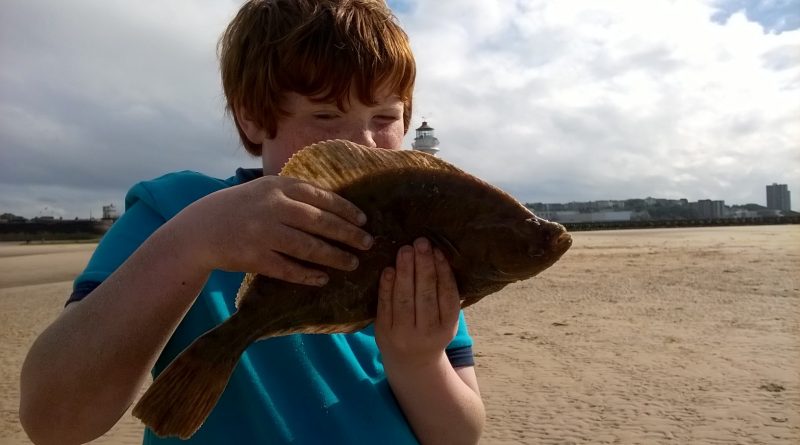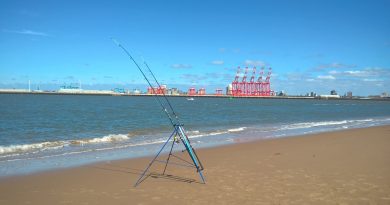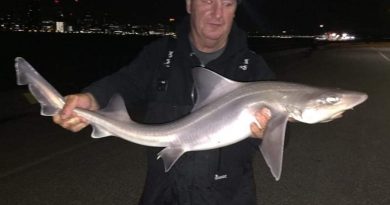Braid v Monofilment
Braid V Monofilment? The question you are probably asking yourself is this. I’m using mono, I’ve always used mono is there any need to try Braid?
The answer to that question is definitely in my opinion a resounding yes. There are a few reasons for this which we can look at in a bit more detail, this is from a shore casting prospective. Braid or Mono, that is the question!
First let’s look at the cost aspect which maybe it’s only negative, though it doesn’t have to be if you know where to look. Braid in general is more expensive to buy than mono, it just is. It’s newer fishing tech and will need to be adopted by more before it’s price comes down. That said it’s not too expensive and can outlast Monofilment’s usable life.
Braid in my opinion has many advantages over mono, its not always the correct choice though. There are times when mono can edge in front of braid in various situations.
Advantages of Braid
Tensile strength is a great way of showing how braid can outperform mono in different circumstances. Monofilment is usually placed on reel spools with a continuous flow of line. Anglers may then opt to have a shock leader at the end, connected to the main line. A shock leader is basically line of a higher tensile strength ie 20lb line fully spooled with length of 60lb shock leader. This helps prevent line damage to the lower tensile strength main line, also in safety terms you don’t want your lead snapping off mid cast.
Tensile Strength
Braid excels here as in direct comparison to mono of the same strength it is always thinner in diameter. This means you can get more on your spool should you need to or increased tensile strength straight through. There are anglers now fishing with braid straight through, this is usually in the 60lb-80lb bracket. This negates the requirement for a shock leader, though some anglers will still use one.
Secondly, why would you need more line/braid on your spool? When fishing with Mono there is a fairly large degree of stretch in the line, you can see this in different situations.
Braids lack of stretch
Braid does not have any stretch in the line, the connection is instant and you can feel everything better. So why more line? Casting distance, without the stretch of mono the energy delivery is far more efficient, for each yard travelled, proportionally more energy is lost. Braid also works well when fishing deep water from the boat.
Braid Casting Distance
This may not be as apparent over shorter distances but it begins to add up when distance casting. The same casting style and power delivery will always give greater distance using braid. Its not just due to the power delivery but also the diameter of the braid, thinner line is able to travel through the air with less wind resistance. Also if fishing for larger fish species the increased line length helps prevent any unwanted spooling should the fish run hard and fast.
Braid Bite Detection
Bite detection is another area where braid excels. The lack of stretch allows you to see bite feedback with far greater clarity, tiny bites that may not register on mono will be visible. This is the same when using braid when fishing via the LRF method, bite detection is instant. Not only that but you can feel the fish movements and help maintain a tight line so the fish cant split the hook.
Holding Bottom with Braid
When fishing is areas with strong tidal pulls such as as most large estuaries, the river Mersey being an example. Braid can help hold bottom when the tide is running, it’s thinner diameter helps cut through the water. Short casts tend to hold bottom, you will see longer casts struggle to hold bottom on tidal venues. Thicker line has a larger surface area for the tide to exert it’s force. The longer the cast the more surface area the water has to push or pull your line.
Negatives aspects of braid
The first negative for braid we mentioned at the start of the post. Cost, yes it’s more expensive but its worth it due to its advantages.
Secondly, braid can only be used for fixed spool shore casting. It’s low diameter can dig into itself if wound tightly, caught in a snag or dealing with a large fish.
Thirdly, when casting you need a finger protector. It’s thin and more abrasive than mono and can easily slice into your finger. You may not notice until later when you come to cast again or if your hands are cold (learned the hard way)
Visibility, braid is not clear like Monofilment and anglers worry it can be seen by shy fish species. Rigs are mono based so it should not be that much of an issue. However it is the perception some anglers do have.
Braid or Mono winner?
Rightly or wrongly there are circumstances where either braid or mono wins out. I only use fixed spools reels and braid works well for me. I particularly like the fact that bites are far more prominent, it only takes a session to get used to having no stretch.
It’s a winner for braid in my opinion, that may not be clear for anglers who have yet to try it. Before you make your minds up, try using braid in a few different situations before deciding what’s best for you. It’s definitely a case of each to their own, but I don’t think you will be disappointed.



